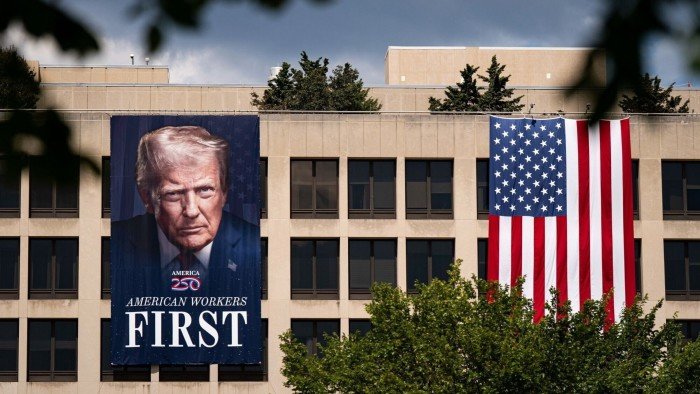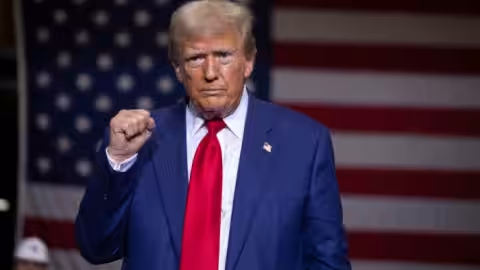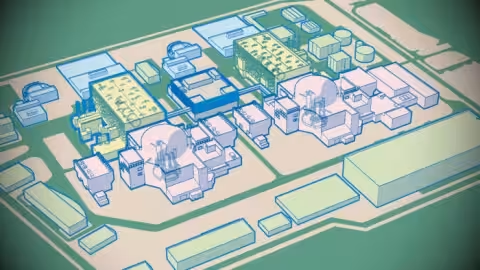Microsoft has built an artificial intelligence-powered medical tool it claims is four times more successful than human doctors at diagnosing complex ailments, as the tech giant unveils research it believes could speed up treatment.
The “Microsoft AI Diagnostic Orchestrator” is the first initiative to come out of an AI health unit formed last year by Mustafa Suleyman with staff poached from DeepMind, the research lab he co-founded and which is now owned by rival Google.
In an interview with the Financial Times, the chief executive of Microsoft AI said the trial was a step on the path to “medical superintelligence” that could help solve staffing crises and long waiting times for overstretched health systems.
Microsoft’s new system is underpinned by a so-called “orchestrator” that creates virtual panels of five AI agents acting as “doctors” — each with a distinct role, such as coming up with hypotheses or choosing diagnostic tests — which interact and “debate” together to choose a course of action.
To test its capabilities, “MAI-DxO” was fed 304 studies from the New England Journal of Medicine (NEJM) that describe how some of the most complicated cases were solved by doctors.
This allowed researchers to test if the programme could figure out the correct diagnosis and relay its decision-making process, using a new technique called “chain of debate”, which makes AI reasoning models give a step-by-step account of how they solve problems.
Microsoft used leading large language models from OpenAI, Meta, Anthropic, Google, xAI and DeepSeek. The orchestrator made all LLMs perform better, but worked best with OpenAI’s o3 reasoning model to correctly solve 85.5 per cent of the NEJM cases.
That compared with about 20 per cent by experienced human doctors, but those physicians were not allowed access to textbooks or to ask colleagues in the trial, which could have increased their success rate.
A version of the technology could soon also be deployed in Microsoft’s Copilot AI chatbot and Bing search engine, which handle 50mn health queries a day.
Suleyman said Microsoft is nearing “AI models that are not just a little bit better, but dramatically better, than human performance: faster, cheaper and four times more accurate”.
“That is going to be truly transformative,” he added.
Suleyman’s new effort comes after DeepMind has led the way on AI-related healthcare breakthroughs. The Google lab’s chief Sir Demis Hassabis jointly won a chemistry Nobel Prize last year for using AI to unlock the biological secrets of proteins that underpin life.
Microsoft has invested almost $14bn into OpenAI and has exclusive rights to use and sell its technology. However, the tech giant is embroiled in high-stakes brinkmanship with the start-up, which is attempting to convert into a for-profit entity, with both sides clashing over the future terms of their partnership.
Suleyman said that while OpenAI’s model performed the best, Microsoft was “agnostic” over which of the four “world-class models” MAI-DxO used.
“We have long believed that they’ll become commodities . . . it’s the aggregate orchestrator which I think is the differentiator,” he said.
Dominic King, the former head of DeepMind’s health unit who joined Microsoft late last year, said that the programme had “performed better than anything we’ve ever seen before” and that “there is an opportunity here today to act almost as a new front door to healthcare”.
The AI models were also prompted to be cost-conscious, which significantly cut the number of tests required to get to a correct diagnosis in the trial, saving hundreds of thousands of dollars in some cases, he said.
However, King stressed that the technology was still in its early stages, had not been peer reviewed and was not yet ready for a clinical environment.
“This is a landmark study,” said Eric Topol, a cardiologist and founder and director of the Scripps Research Translational Institute. “While this work was not done in the setting of real world medical practice, it is the first to provide evidence for the efficiency potential of generative AI in medicine — accuracy and cost savings.”























